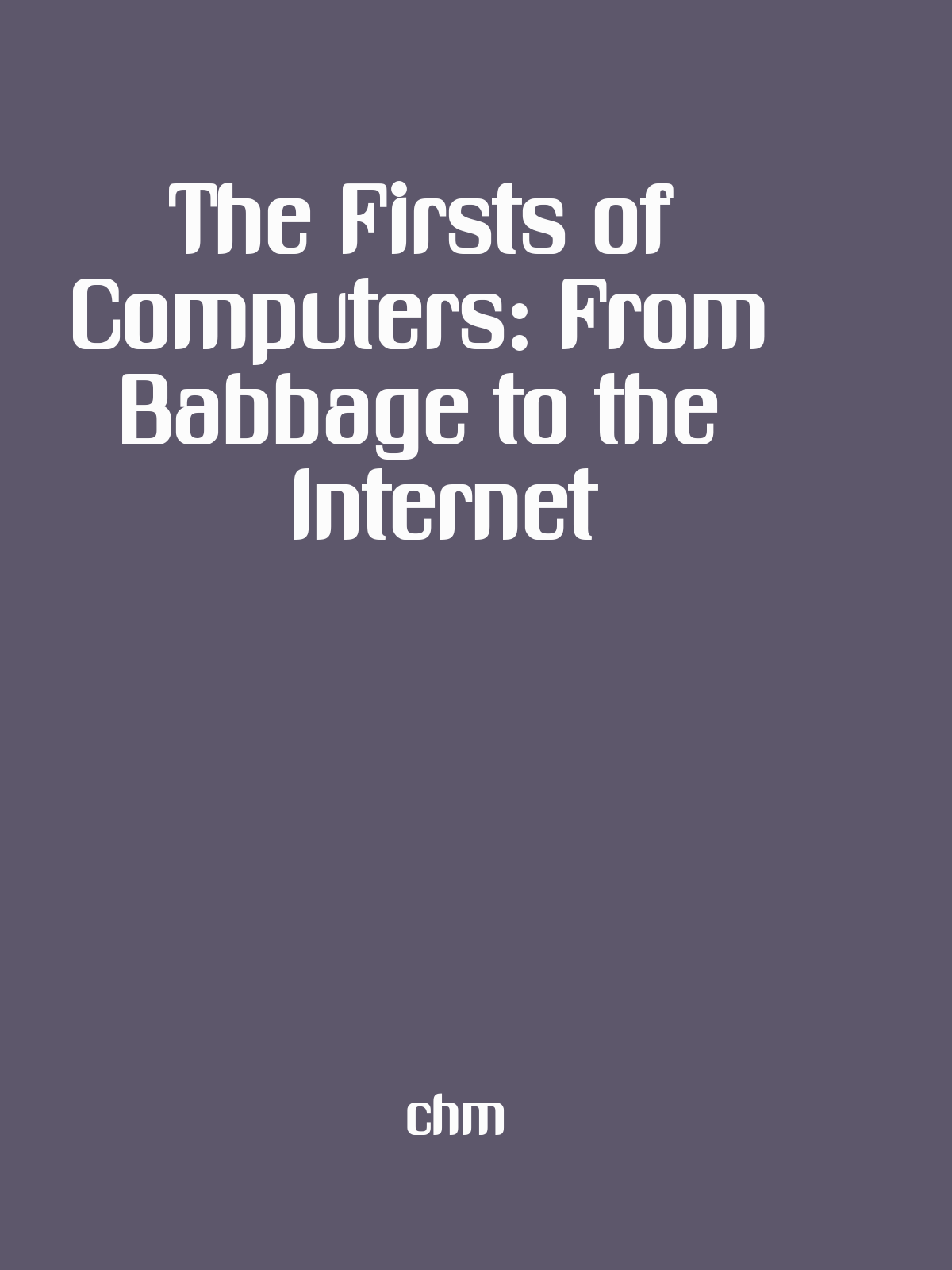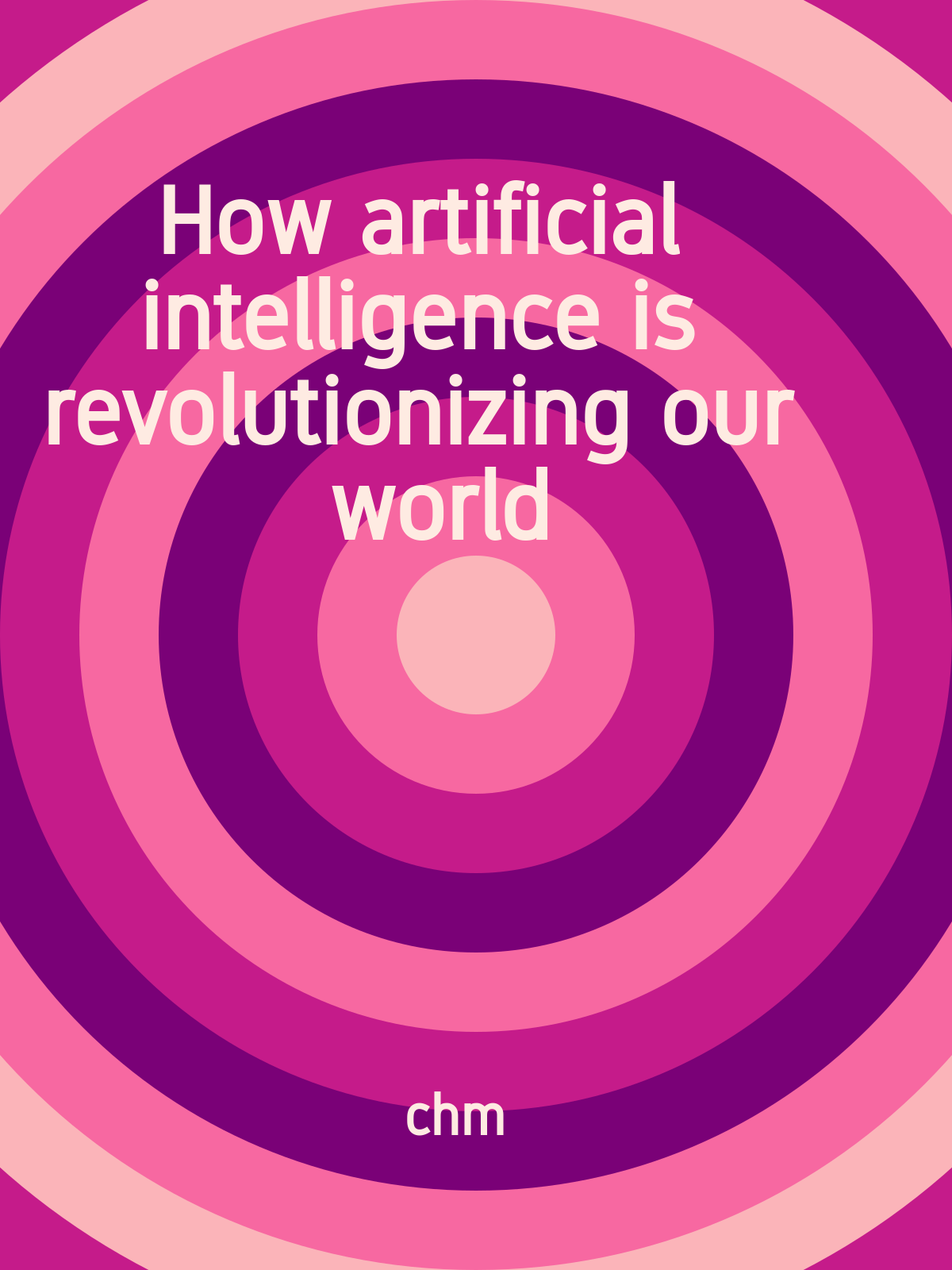

The article discusses 15 interesting facts about the history of Silicon Valley. These include the early days when there were no streets or sidewalks, the invention of the microprocessor and the first personal computer, and the founding of the first microcomputer company.

The article covers the history of computers, starting with the first one created by Charles Babbage in 1876. It then goes on to discuss the first hard drive (invented by IBM in 1956), the first video game (created by Willy Higinbotham in 1958), the first personal computer (created by MITS in 1975), the first website (created by Tim Berners -Lee in 1991), and the first online search engine (created by Sergey Brin and Larry Page in 1993).

Quantum computers are incredibly powerful, and can solve certain problems much faster than traditional computers. They are still in their infancy, but have great potential to revolutionize computing as we know it.

Silicon Valley is a renowned tech hub, housing over 7,000 tech companies. The area gets its name from the Latin word for "flint," silicon being a key ingredient in transistor manufacturing. births many industry-changing inventions, such as the first microprocessor in 1971. The first Apple computer was also built in a garage in Silicon Valley, marking the beginning of the personal computer era .

Artificial intelligence is revolutionizing our world by helping us process and interpret large amounts of data. It can be used to create and interpret text, images, and other forms of information. Additionally , artificial intelligence can be used to improve and personalize search results for a user.

Quantum computers are powerful machines that have the potential to revolutionize computing. They were first proposed in the early days of quantum mechanics and the first experimental quantum computer was built in 1998. Quantum computers are now being used for real-world applications, such as searching large databases and Factorization of large integers. Quantum computing is an active area of research with many open questions.

Artificial intelligence (AI) is the field of computer science that deals with creating intelligent computer systems. AI research is divided into subfields that focus on specific problems or approaches. One of the most well-known applications of AI is the game of chess. In 1997, a computer program called Deep Blue became the first AI system to beat a reigning world chess champion, Garry Kasparov. AI is also being used to develop self-driving cars. Some experts believe that artificial intelligence will eventually surpass human intelligence.

1. AI technology is helping doctors diagnose diseases faster and more accurately. 2. AI is being used to develop new medications and treatments for diseases. 3. AI is helping researchers map the human brain. 4. AI is being used to create self-driving cars. 5. AI is being used to improve search engines and make them more user-friendly. 6. AI is helping to create more realistic and lifelike computer-generated images.